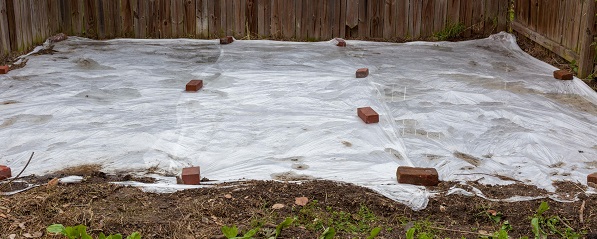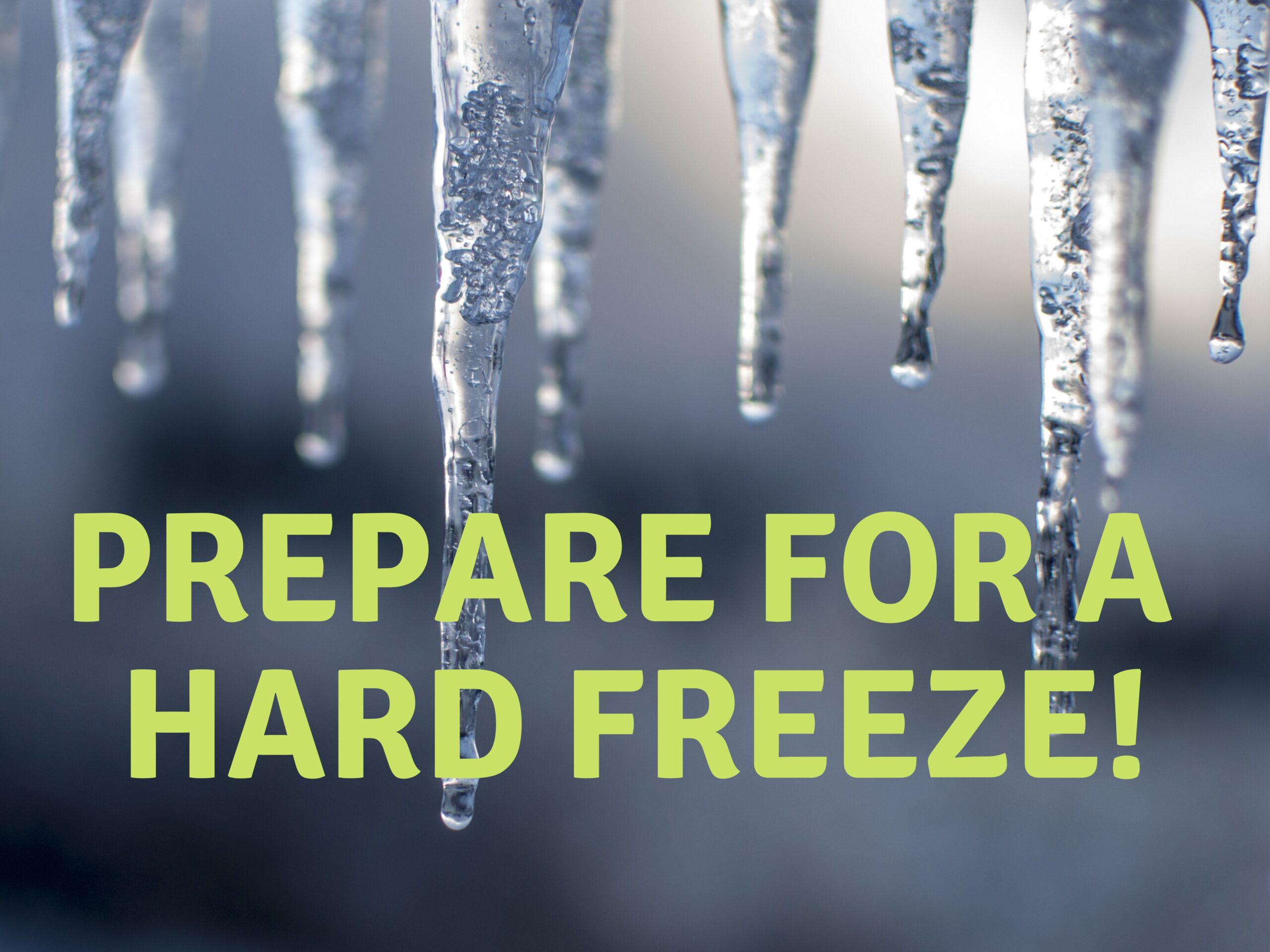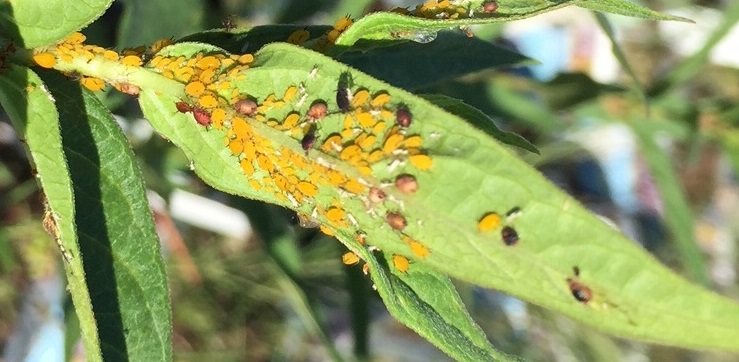There are few things that we can do in the garden when it is 105°F outside, but there is ONE thing that we can do BEST when it is this hot.
Soil solarization is a method that is used to kill weeds seeds, insects and disease that are in the soil prior to planting. The goal is to heat the top six inches of the soil to a temperature between 110° and 125°F for four to six weeks.
These high temperatures are enough to kill most annual and perennial weed seeds, and even rhizomes of bermudagrass and johnsongrass if they are close to the surface. Some weed species with underground vegetative structures will be more difficult to control with this method, such as nutsedge and field bindweed.
Here are the basics of soil solarization:
- Use clear plastic, as rays from the sun will pass through the sheet and be trapped to heat the soil below. (Black plastic is less effective because it absorbs and deflects part of the heat rather than trapping as clear plastic does.)
- Irrigate the soil before covering to at least 12 inches deep. If desired, a soaker hose may be placed under the plastic and the soil thoroughly soaked with this method. Cover the soil immediately after irrigating to seal in the moisture. Additional moisture will not be needed unless the soil dries during solarization, as added moisture will lower the temperature and increase the time required for solarization to be successful.
- Plastic should come in direct contact with the soil and not be held above it. A six-inch-deep trench may be dug around the perimeter of the area to be covered, and the edges of the plastic buried in the trench. Pack the soil in the trench by walking on it.
- The hotter the temperatures the less time it will take for solarization to be successful. Four to six weeks in the hottest part of the summer should be sufficient, while up to eight weeks may be necessary in cooler conditions.
- A soil thermometer will verify that desired temperatures are reached in the top six inches of the soil.
- Avoid tilling the soil more than two inches deep after removing the plastic, as viable seeds will be brought up from deeper layers that did not reach high temperatures.
- Solarization is known to control pathogens that cause Verticillium Wilt, Phytophthora root rot, Southern blight and potato scab, and many others.
- Earthworms are generally thought to move to deeper soil to avoid the heat and are not thought to be harmed.
- Beneficial microorganisms and mycorrhizal fungi are able to survive solarization and will recolonize the soil quickly afterwards.




